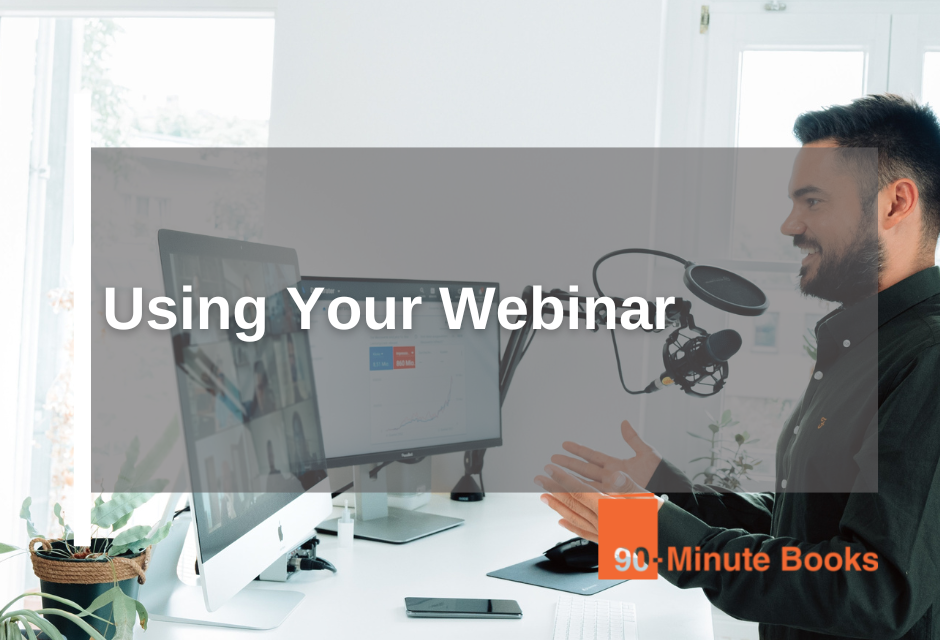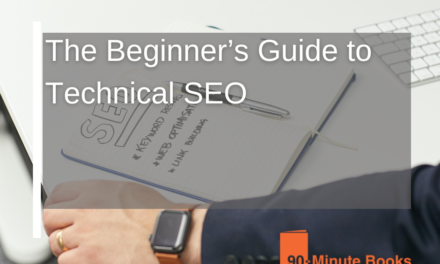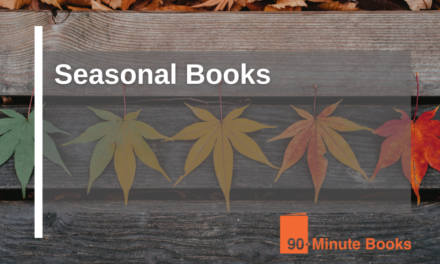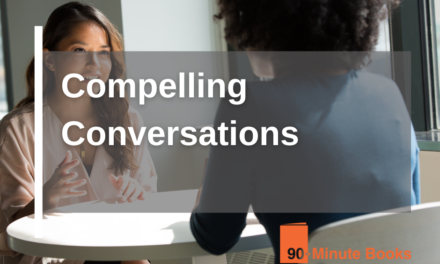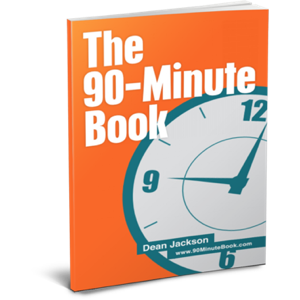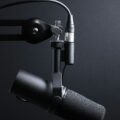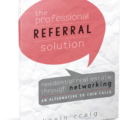A question we get asked a lot is… ‘I have a presentation recorded; can I use that to create my book’ while getting it transcribed and edited may seem like a simple solution, there are many problems that come up when you try to jam your words from the stage into the pages of your book you hope will be the start of a great customer conversation.
The good news is you can use presentations or webinars you’ve already created to their maximum effect in several ways. Today we will run through both the downside of straight reuse and your benefits and advantages by building on the work you’ve already done correctly.
The 90-Minute Book model of taking 30 minutes to outline your content and 60 minutes to record something targeted is the fastest way to create a book that fits the purpose. Having helped create over 500 titles, we’ve seen what works well and slows the process to a crawl.
So without further ado,
Let’s Jump Right In
By definition, a webinar is just a seminar presented online. Webinars depend not just on the information you have collected but on how you deliver that information. There is heavy usage of bodily cues and crowd participation.
A majority of the people suggest using their webinars because they think it is quicker to repurpose the webinar into a book. But they don’t consider the effort needed to do all the tweaking. That is where all the delays come from.
We aren’t saying you will be throwing away all your hard work. You can use the webinar as an outline and framework for when we rerecord it so that it’s fit for purpose in the context in a much better way.
So, knowing that’s the case, having presented that in several scenarios, in several different ways in the past, that work, when we’re thinking about a book to engage with a particular audience, we know the underlining framework. And the same goes for people who have webinars and presentations.
Typically speaking, that’s around a framework of their own that’s pretty strong in their mind, that they know the journey from the title of the presentation through to the promise of the outcome, which is the following steps, and usually from a webinar often, so it makes them stage that’s an offer to join a program.
They know what the questions are that typically come up. They know what the problems are that people have. They know where in the journey a customer of theirs is, whether they’re a kind of someone brand new at the beginning of the process thinking about it. This is an actual high-level type of problem they’re trying to solve, or whether this is very detailed, and it’s something that only a seasoned investor. This a problem that a seasoned investor would encounter rather than someone looking for some basic financial literacy information.
So, all of these questions you’ve had to answer to create the presentation are, broadly speaking, the same questions you need to respond to make an excellent book that will engage people in the same way.
People who have gone through that process are at an advantage because they know many of the answers to our questions. So, when we’re looking for a title, they already know the language that engages their customers.
So what is the next step?
The next step is assessing whether the presentation has a structure that can be entirely repurposed or if there needs to be additional work done to create appropriate linkages between ideas. Because on stage or online, you will have charts, PowerPoint presentations and the like. These don’t necessarily translate well into a book format.
So let’s say you have a presentation that isn’t as structured as it could be. It’s all over the place a little bit. It doesn’t have the kind of flow from the beginning that sets the scene of the problem through words that provide the answers. But notably, through to a close, it guides people to an easy next step.
Imagine that you’ve ripped out the rest of the book’s pages. You just had the cover, the back cover, and the table of contents. Now really, what most people would want, knowing that these books aren’t being written for entertainment, the product isn’t the book. The product is the service that’s being offered at the end of it.
For most people, knowing that they’re trying to solve a problem or get to another place, get to another outcome, then the majority of people, I think, would be pleased to get a copy of the book. Just through osmosis, touch that front cover and the back cover, and have their eyes trace over the chapter headings. And then, there are just enough relevant words there, they’re given the confidence that they’re going in the right direction, and the call to action is the right next step for them, and then they just move on.
So for less structured presentations, even if the content is good, we suggest rerecording or restructuring it; this makes the display more powerful and helps us write the book.
In Summary,
I don’t think that anyone is really reading books like this for education or for entertainment. They’re really reading them to get to the next step. That should be the underlying question that drives all your decisions, is this the most effective method to achieving the outcome I desire?
For more on repurposing your content, click here for the full podcast episode.

